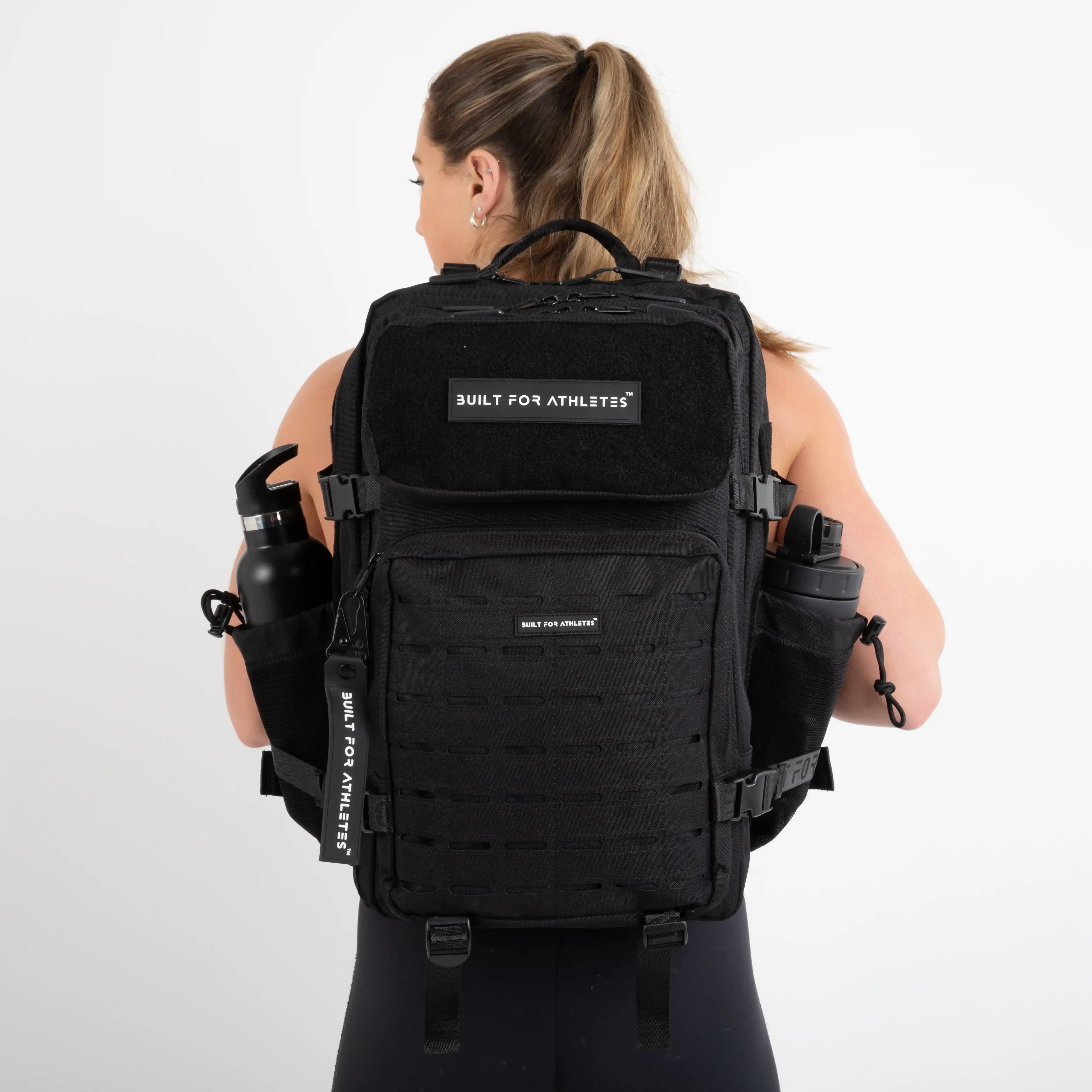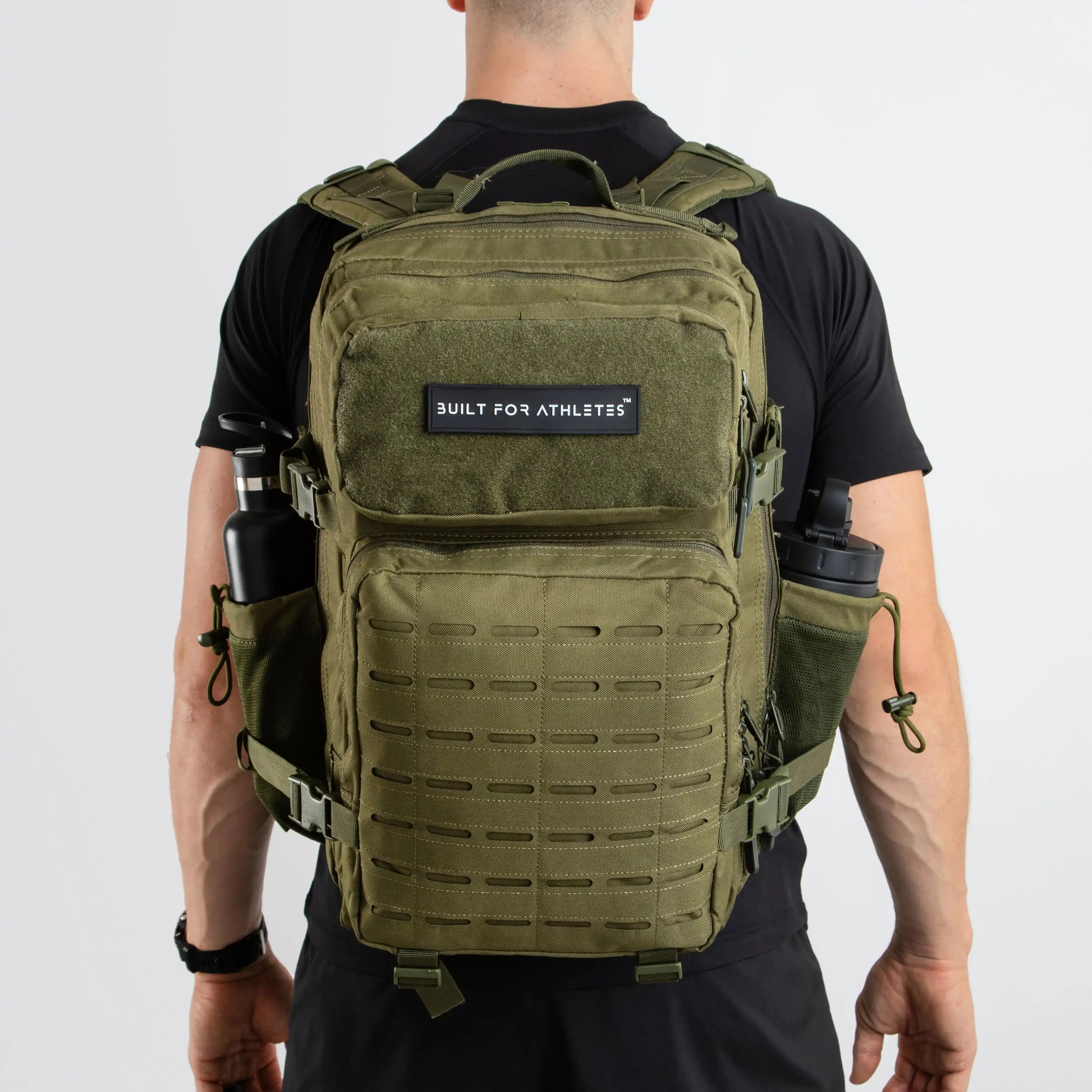Cutting pounds to make a weigh-in is a fundamental component of elite combat sports, with some dropping up to 15 per cent of their body weight.
The quality and efficiency of a weight cut can ultimately determine whether a fight is won or lost.
But the safety of some techniques have been called into question, with some medical experts and nutritionists pointing to potential long-term dangers of aggressively dropping weight.
What’s clear is that fighters are willing to go to extreme lengths in order to make themselves as competitive as possible on fight night, and here Built for Athletes takes a look at how they do it.
How Do Fighters Cut Weight?
The art of cutting weight essentially involves dehydrating the body before rehydrating again after the weigh-in. When done effectively, this means athletes can be well above the weight limit when the first bell rings, giving them a clear advantage.
Of course, every fighter will develop their own routine, but common techniques include hot baths, sitting in a sauna for sometimes hours at a time, low-intensity exercise while covered in hot towels or a sauna suit, or even taking laxatives.
Fighters put themselves through considerable pain to squeeze a lot of fluid of their bodies in the 48 hours before the weigh-in, and it is sometimes described as the final test before battle.
Is It Safe To Cut Extreme Weight Before A Fight?
To dehydrate by around two per cent of body weight is considered safe but cutting by the amounts that elite fighters do is very risky. In the worst cases, some athletes have lost their lives due to extreme dehydration.
The electrolytes that are lost through sweat during the cut are important for nerves that regulate heart rhythm. So depleting the body of these electrolytes can put the athlete at risk of heart failure.
Extreme weight loss can also have a long-term impact on the metabolic system which might never return to normal, according to some nutritionists.
There are also risks associated with the rehydration process between the weigh-in and the fight. In some cases, the fluid is not distributed in a normal way.
A negative effect on performance can also occur when the body starts to retain more water than before during rehydration, leading the athlete to be heavier due to water weight rather than muscle, and therefore more sluggish.


















